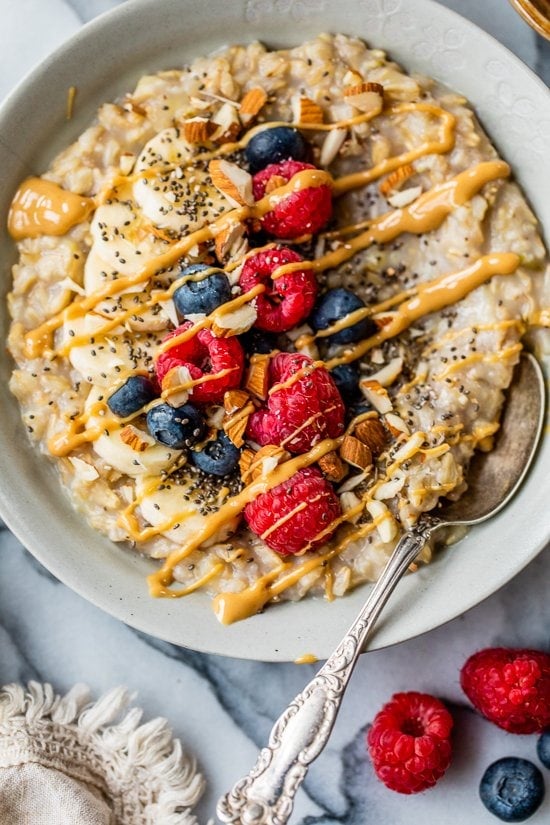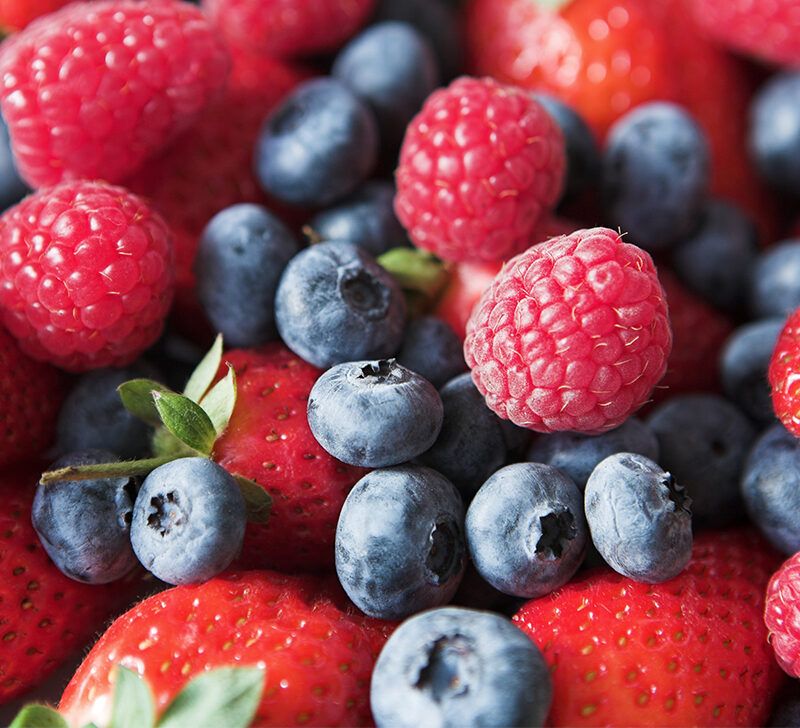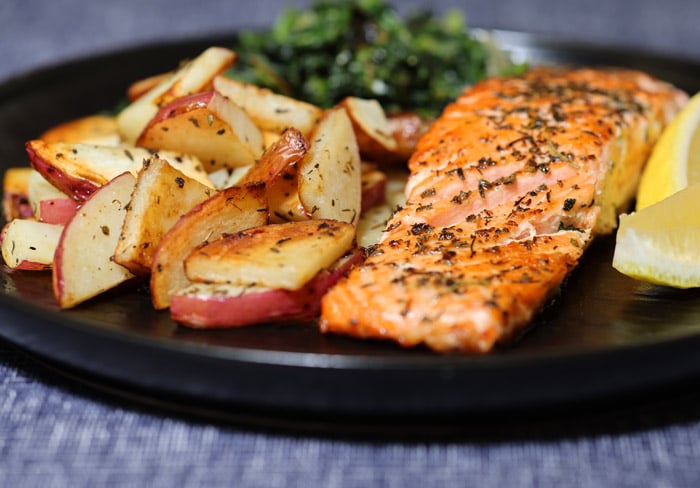Top 10 Foods for Heart Health

Top 10 Foods for Heart Health
Middle-aged individuals (ages 40-55) in the United States often prioritize maintaining their health, especially heart health, as cardiovascular disease remains a leading concern. Incorporating heart-healthy foods into your diet can significantly reduce risk factors such as high blood pressure, cholesterol, and inflammation. Here are the top 10 foods that can boost heart health and practical tips for integrating them into your lifestyle.

1. Fatty Fish (Salmon and Tuna)
Fatty fish like salmon and tuna are rich in omega-3 fatty acids, which help lower triglycerides, improve cholesterol levels, and reduce inflammation. Omega-3s also support heart rhythm stability and blood vessel health .1 .4.
How to Include:
-
Grill or bake salmon for dinner with a side of vegetables.
-
Make a tuna salad with olive oil and lemon juice instead of mayonnaise.
-
Aim for two servings of fatty fish per week.
2. Dark Leafy Greens
Vegetables like spinach, kale, and collard greens are loaded with vitamin K and nitrates, which improve blood flow and reduce arterial stiffness .3 .12. They also contain antioxidants that combat oxidative stress.
How to Include:
-
Add spinach to smoothies or scrambled eggs for breakfast.
-
Use kale as a base for salads or sauté it with garlic for a side dish.
-
Incorporate leafy greens into soups or stews.
3. Nuts (Walnuts and Almonds)
Walnuts and almonds are packed with healthy fats, fiber, and antioxidants like polyphenols, which lower LDL cholesterol and reduce inflammation .1 .6. Walnuts are particularly rich in alpha-linolenic acid (ALA), a plant-based omega-3.
How to Include:
-
Snack on a small handful of nuts daily (about 1 ounce).
-
Sprinkle chopped walnuts or almonds on oatmeal or yogurt.
-
Use almond butter as a spread on whole-grain toast.
4. Olive Oil
Extra virgin olive oil is rich in monounsaturated fats and polyphenols that help lower cholesterol, improve blood pressure, and reduce inflammation .5. It’s a cornerstone of the Mediterranean diet.
How to Include:
-
Use olive oil as your primary cooking oil.
-
Drizzle it over salads or roasted vegetables.
-
Replace butter with olive oil in recipes.
5. Avocados
Avocados provide heart-healthy monounsaturated fats, fiber, potassium, and antioxidants that lower LDL cholesterol while boosting HDL cholesterol .1 .8.
How to Include:
-
Mash avocado onto whole-grain toast for breakfast.
-
Add avocado slices to sandwiches or salads.
-
Blend avocado into smoothies for creaminess.
6. Berries
Berries like blueberries, strawberries, and blackberries are high in antioxidants called anthocyanins that reduce inflammation and improve cholesterol levels .2 .3.
How to Include:
-
Enjoy berries as a snack or dessert.
-
Add them to oatmeal or yogurt for breakfast.
-
Blend them into smoothies or sprinkle them on salads.
7. Oranges
Oranges contain hesperidin, an antioxidant that helps lower blood pressure and improve cholesterol levels .1 .7. They’re also rich in vitamin C for overall vascular health.
How to Include:
-
Drink freshly squeezed orange juice (avoid added sugar).
-
Use orange zest in cooking or baking for extra flavor.
-
Snack on orange slices or add them to salads.
8. Whole Grains (Oats)
Whole grains like oats are excellent sources of soluble fiber that help lower LDL cholesterol by reducing its absorption in the bloodstream .2 .3.
How to Include:
-
Start your day with oatmeal topped with nuts and berries.
-
Choose whole-grain bread or pasta over refined options.
-
Make homemade granola with oats for a healthy snack.
9. Beans and Legumes
Beans such as black beans, lentils, and chickpeas are high in fiber, folate, and magnesium—all essential nutrients for lowering blood pressure and improving heart health .1 .12.
How to Include:
-
Add beans to soups, stews, or salads.
-
Make hummus from chickpeas as a dip or spread.
-
Prepare black bean tacos with whole-grain tortillas.
10. Dark Chocolate
Dark chocolate (at least 70% cocoa) is rich in flavonoids that improve blood flow, lower blood pressure, and reduce the risk of heart disease .1 .9.
How to Include:
-
Enjoy a small square of dark chocolate after meals as a treat.
-
Mix dark chocolate chips into trail mix with nuts and seeds.
-
Melt dark chocolate over fruit like strawberries for dessert.
Practical Tips for Heart Health
In addition to incorporating these foods into your diet, consider these lifestyle changes:
-
Portion Control: Even healthy foods can contribute to weight gain if consumed excessively.
-
Limit Sodium Intake: Opt for fresh ingredients over processed foods to avoid hidden salt.
-
Stay Active: Pair your diet with regular physical activity—aim for at least 150 minutes of moderate exercise weekly .11.
-
Hydrate Well: Drink plenty of water throughout the day.
-
Prepare Meals at Home: Cooking allows you to control ingredients like salt, sugar, and fat.
By making these dietary adjustments alongside healthy lifestyle habits, middle-aged individuals can effectively support their cardiovascular wellness while enjoying delicious meals tailored to their needs!
:max_bytes(150000):strip_icc()/EatingWell-7-Day-Heart-Healthy-Meal-Plan-Day-1-415e303e9ae34d58abe53a5d2fac8ab3.jpg)






:max_bytes(150000):strip_icc()/7473650-6c5355e2feea4bde8718695082500b29.jpg)










